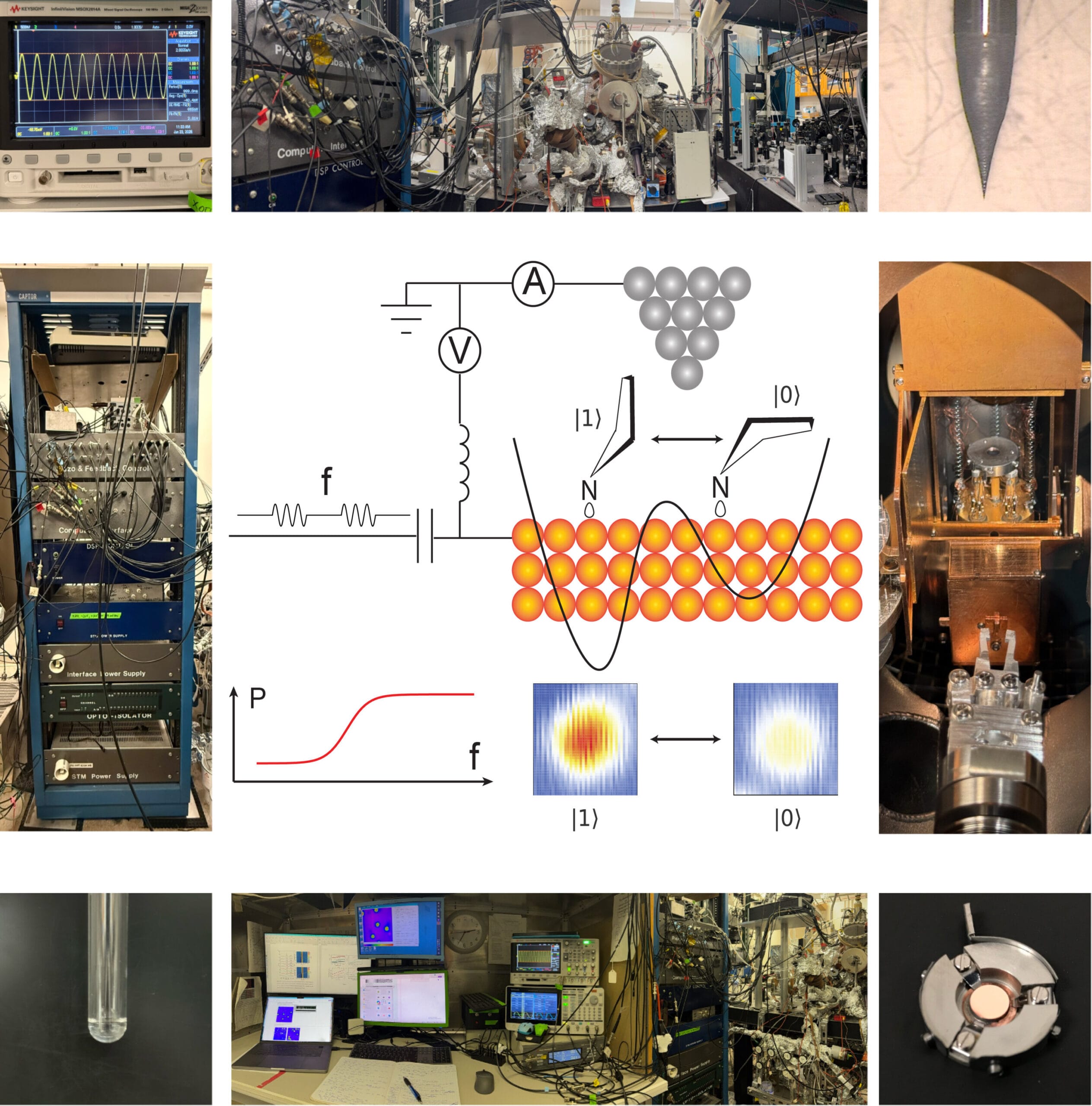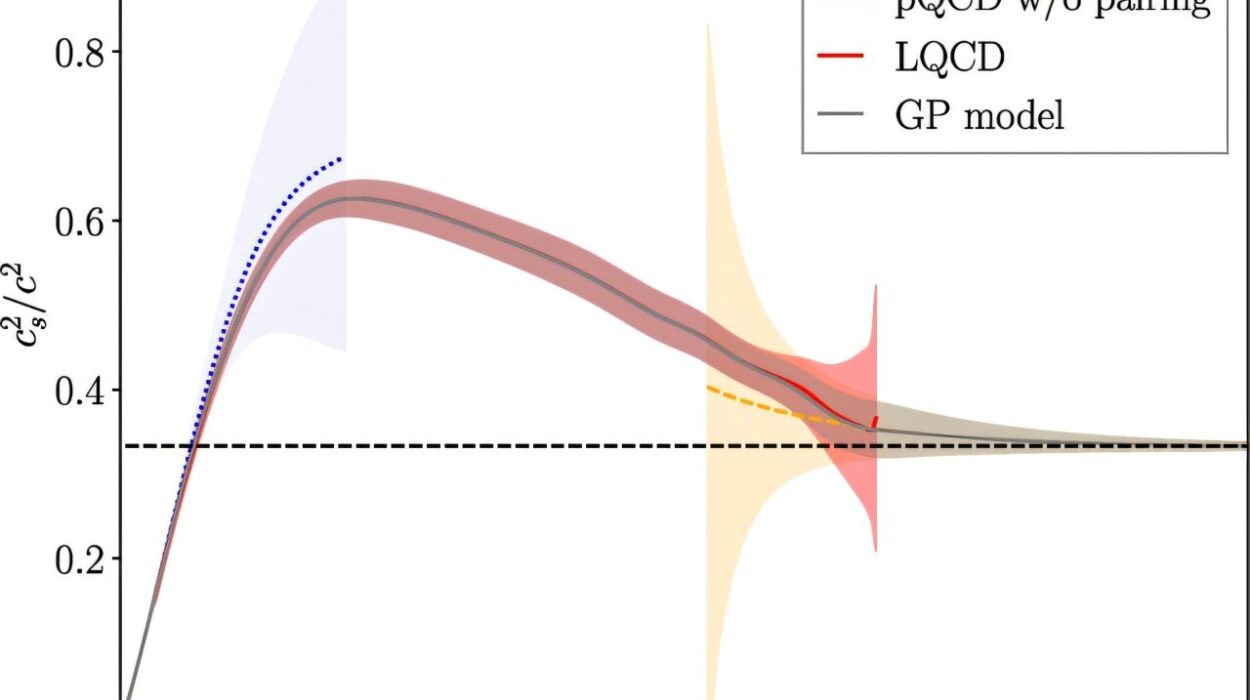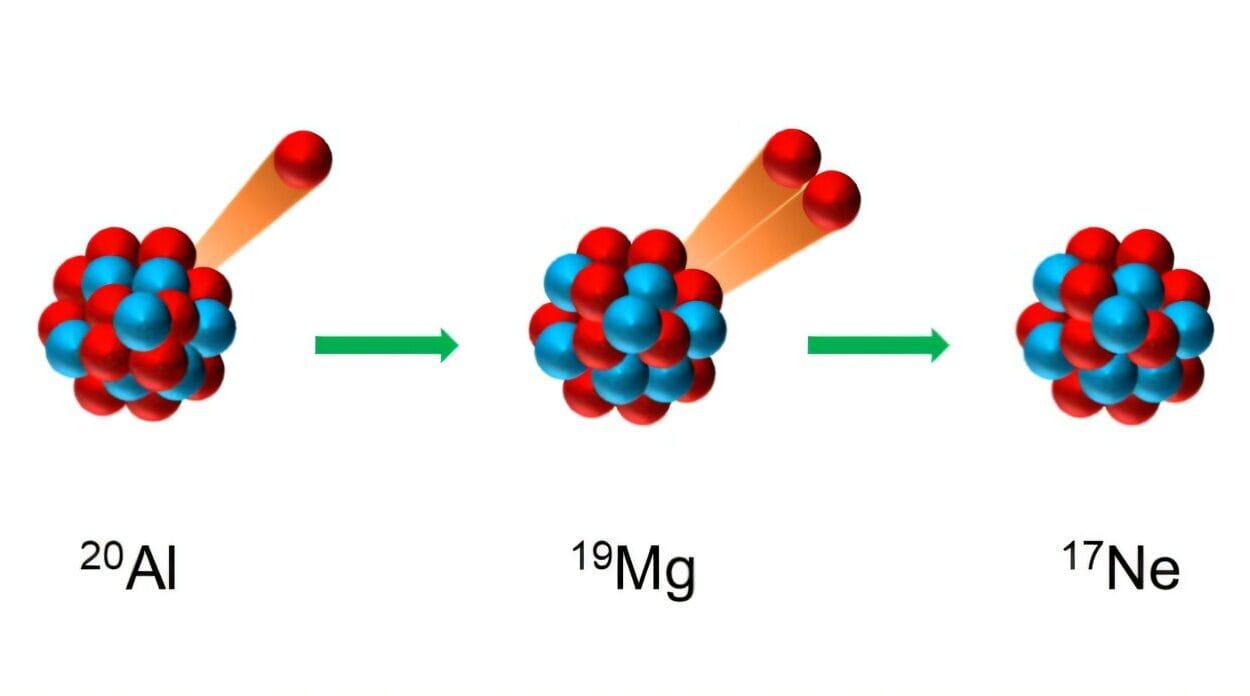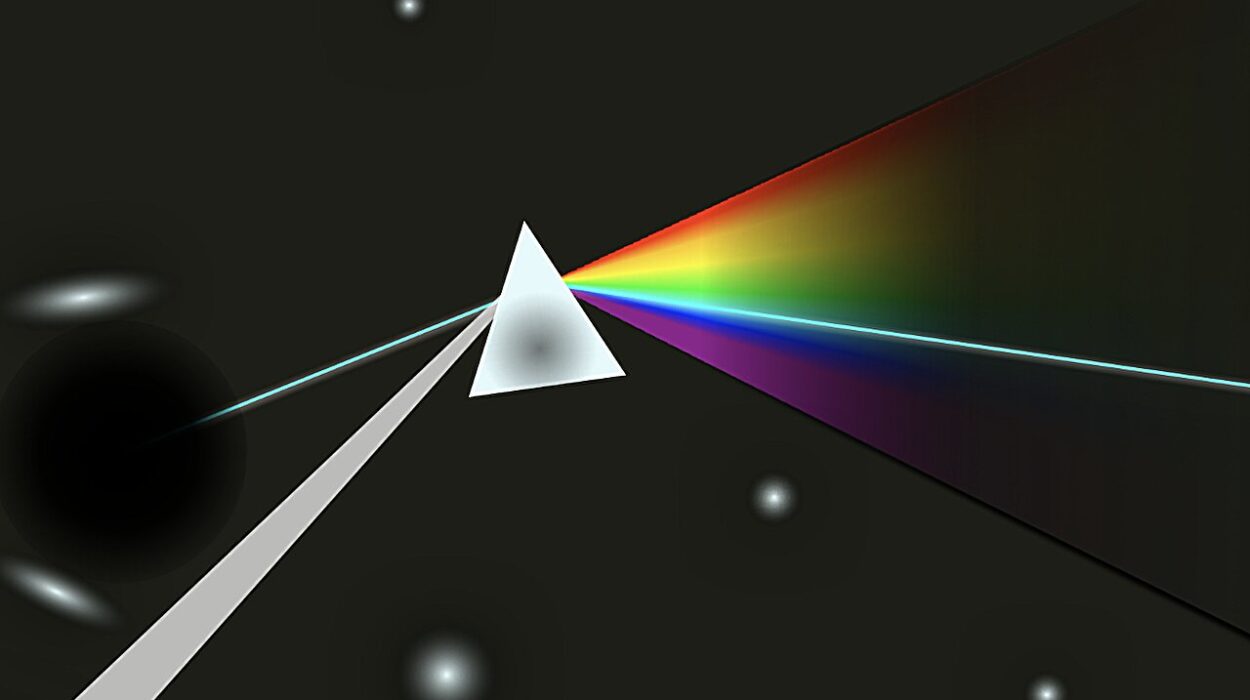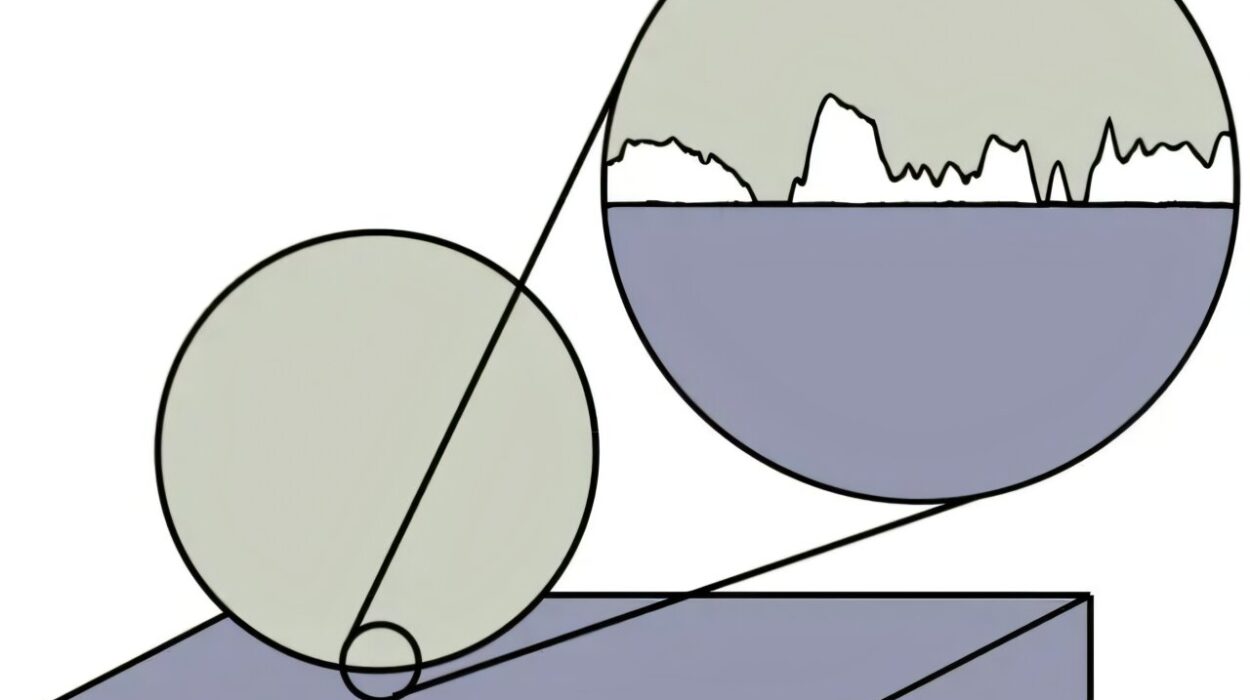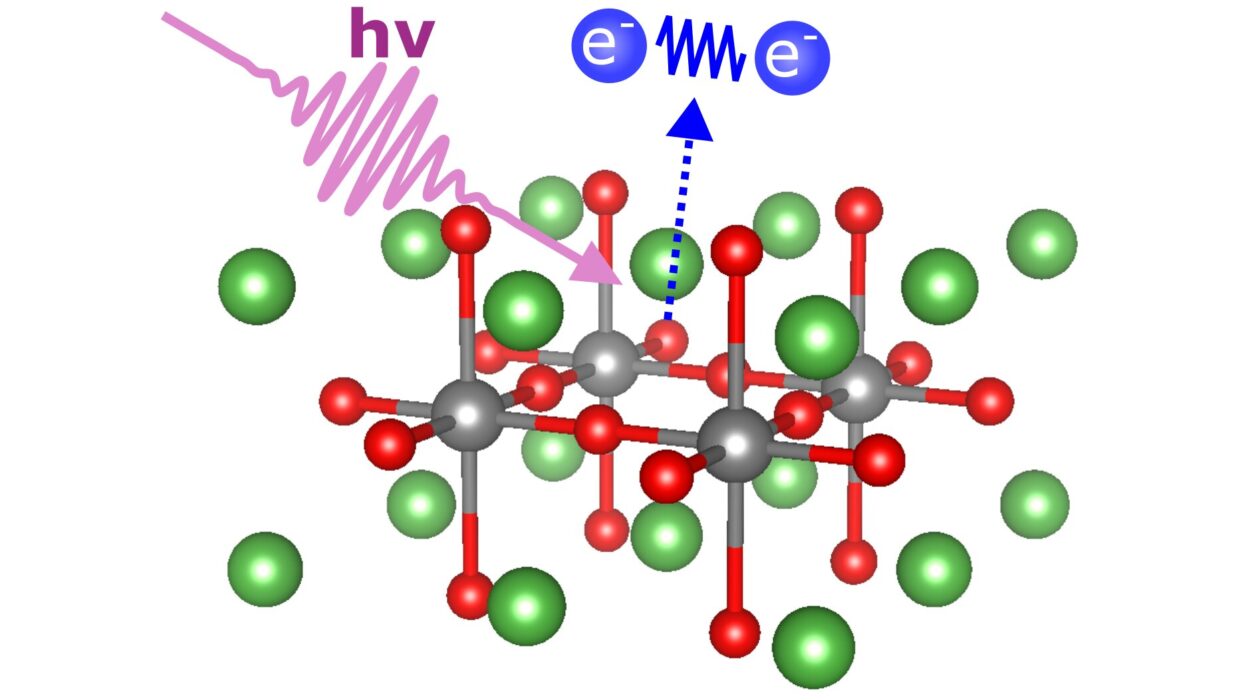At first glance, randomness seems like chaos—a nuisance that scientists often try to suppress or eliminate. But in the strange world of quantum mechanics, randomness isn’t just noise; it’s a fundamental feature of reality. Recent research from the University of California–Irvine has turned this idea into an extraordinary advantage, showing that quantum noise itself can be harnessed to reveal secrets about how molecules behave on unimaginably fast timescales.
The discovery, described in Physical Review Letters, centers on a phenomenon known as quantum stochastic rectification. This exotic effect allows random quantum fluctuations, combined with a small oscillating signal, to be transformed into a steady, measurable current. While previously observed in complex nanoscale systems like magnetic tunnel junctions, this is the first time researchers have demonstrated it in an individual molecule—opening a window into processes so fast and subtle that traditional tools couldn’t capture them.
A Spark of Inspiration
The breakthrough began not in a lab, but during an academic discussion years ago. Wilson Ho, a renowned physicist and senior author of the study, recalls serving on a Ph.D. committee where a graduate student presented research on stochastic processes in nanometer-scale magnetic tunnel junctions. The student’s work showed how thermal noise altered experimental signals and produced a distinct transition when the frequency of a driving signal changed.
“It occurred to me that we should observe a similar effect, but fully quantum mechanical, in our scanning tunneling microscopy probing of a single molecule,” Ho explained. “I mentioned these ideas to Jiang Yao, a graduate student in my group, and that conversation ultimately led us to the results we’ve now published.”
What began as a speculative thought—an intuition sparked by parallels between different quantum systems—has now evolved into a sophisticated method for probing molecular behavior at the atomic scale.
Capturing Randomness in a Single Molecule
The team’s goal was deceptively simple: observe and measure the inherent quantum randomness within a single molecule. To do this, they used a home-built scanning tunneling microscope (STM) operating at a frigid 8 Kelvin (−265 °C) under ultra-high vacuum conditions. The researchers positioned a tiny probe over a single pyrrolidine molecule sitting on a copper surface and applied a gentle, oscillating voltage.
What happened next was astonishing. The molecule exhibited random, history-independent quantum transitions between two structural states. These transitions, unpredictable as they were, interacted with the oscillating voltage in a way that produced a steady current—a signature of quantum stochastic rectification.
By carefully tuning the frequency of the voltage and measuring this rectified current, the team was able to map out how quickly the molecule returned to its original state after being disturbed. The resulting data revealed a Lorentzian-like transition, which corresponded to an exponential decay in time—essentially, a direct measurement of the molecule’s relaxation dynamics.
Seeing What Electronics Cannot
Traditional STM techniques, while powerful, have limitations. They can image molecules with atomic precision, but they struggle to track rapid processes unfolding in trillionths of a second. The Irvine team’s approach overcame this barrier, capturing ultrafast dynamics that even advanced STM electronics couldn’t follow directly.
“Using quantum stochastic rectification, we were able to probe relaxation processes at speeds otherwise inaccessible,” Ho said. “This method significantly simplifies instrumentation while providing insights into two-level quantum systems that have long remained hidden.”
The ability to convert random fluctuations into meaningful, measurable signals is not just a technical achievement—it’s a conceptual shift. Instead of treating quantum noise as an obstacle, this research embraces it as a tool for discovery.
Implications for Quantum Technology
Beyond its immediate insights into molecular physics, this study has implications for the broader field of quantum technology. Quantum devices—from sensors to future quantum computers—are notoriously sensitive to environmental noise, which can disrupt fragile quantum states and lead to errors.
“Understanding how random quantum noise can enhance signals when modulated by a periodic drive could help combat environmentally induced errors in quantum devices,” Ho explained. “Our spectroscopy method offers a new way to investigate fast relaxation processes and their relation to noise and coherence—two phenomena that often coexist in quantum systems.”
By studying these ultrafast transitions, scientists may develop strategies to stabilize quantum states, improving the performance of quantum circuits and potentially unlocking new capabilities in information processing and communication.
Looking Toward the Picosecond Frontier
This research is only the beginning. The team plans to extend their methods to even faster regimes, pushing into the terahertz (THz) frequency range to study processes occurring on the picosecond timescale—a trillionth of a second.
“Besides measuring ultrafast processes such as vibrational relaxation and proton motions, our approach could reveal the fundamental connection between stochasticity and coherence,” Ho noted. “This relationship is largely unexplored, yet it lies at the heart of how quantum systems behave.”
Future experiments may not only deepen our understanding of molecular dynamics but also uncover new principles that bridge randomness and order in the quantum world.
Harnessing the Quantum Whisper
The discovery of quantum stochastic rectification in a single molecule is a testament to the beauty of scientific curiosity. It shows how whispers of randomness, once thought to be noise, can guide us toward profound understanding.
From an inspired conversation years ago to a meticulously executed experiment, this work demonstrates the power of rethinking what we consider to be limitations. By listening closely to the quiet, stochastic murmurs of quantum systems, scientists are beginning to chart dynamics that were previously invisible—unlocking knowledge that could reshape molecular science and quantum technology alike.
In the quantum realm, even chaos has a story to tell. Thanks to this breakthrough, we are learning how to read it.
Reference: Jiang Yao et al, Quantum Stochastic Rectification in a Single Molecule, Physical Review Letters (2025). DOI: 10.1103/dqfn-y77k
